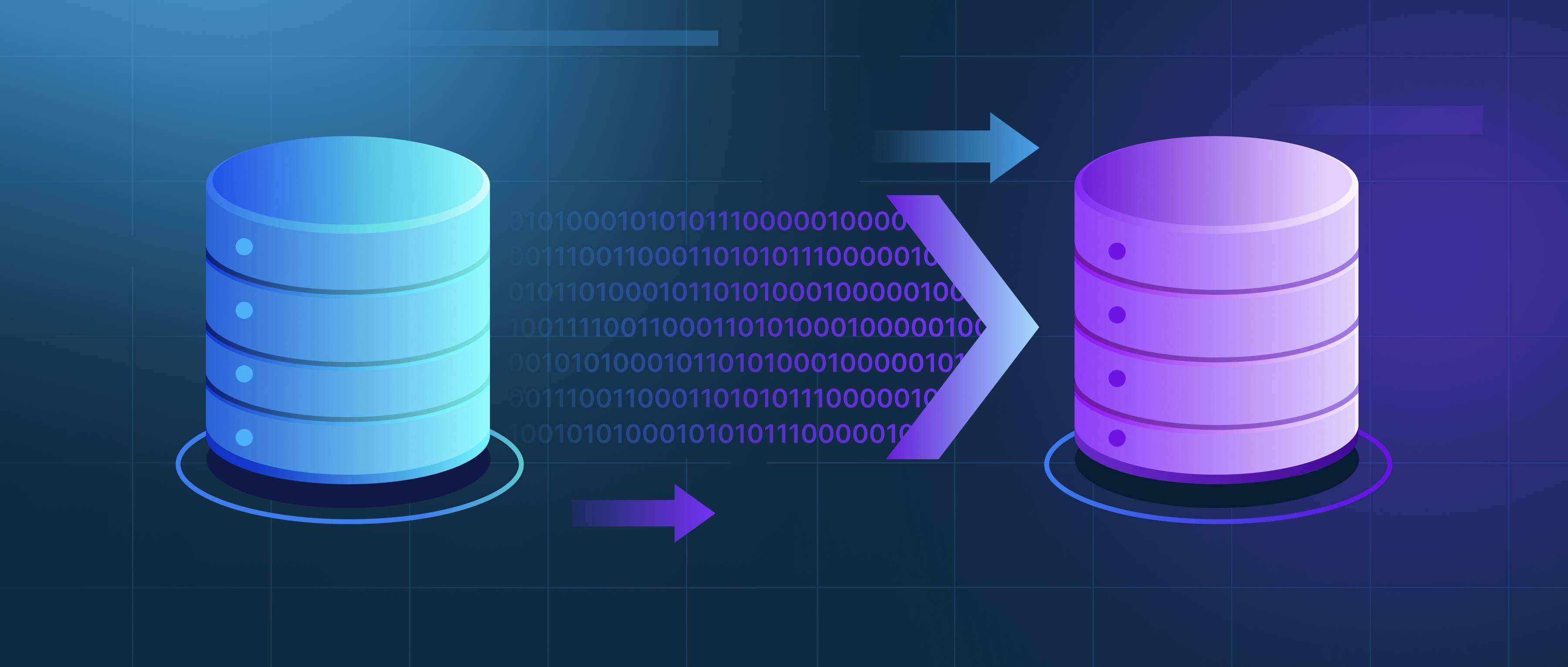Data lineage in ETL systems is tracked and documented by capturing metadata at each stage of the data pipeline, using automated tools to record transformations, and maintaining a centralized repository for querying and visualization. This ensures visibility into the data’s journey from source to destination, aiding in debugging, compliance, and system understanding.
First, metadata is collected during extraction, transformation, and loading phases. For example, during extraction, tools like Apache NiFi or Informatica log source databases, APIs, or files, along with timestamps and schemas. Transformations are tracked by recording SQL queries, scripts, or business rules applied, such as a calculated field in a customer dataset. Loading metadata includes target tables, columns, and load statuses. This metadata is stored in repositories like Apache Atlas or AWS Glue Data Catalog, enabling developers to trace a data point’s origin, modifications, and final destination through SQL queries or APIs.
Second, lineage is automated through ETL tools or custom code instrumentation. Commercial tools (e.g., Talend, Informatica) generate lineage graphs by default, mapping columns from source to target. Open-source frameworks like Apache Airflow or custom Python scripts may require explicit logging of input/output datasets and transformations. For instance, a healthcare ETL job merging patient records might tag each record with a source hospital ID and log aggregation steps. Unique keys or hashes can link transformed data back to raw inputs, ensuring traceability even after complex joins or filters.
Finally, documentation is supplemented with version control and visualization. Versioning tools like Git track changes to ETL code, linking lineage to specific pipeline iterations—critical for auditing or rolling back errors. Visualization tools like Tableau or custom dashboards render lineage as flow diagrams, showing how sales data from CRM systems flows into a warehouse fact table. This combination of automated metadata, versioning, and visual tools provides a clear, maintainable record of data movement, essential for compliance (e.g., GDPR) and troubleshooting pipeline issues.
